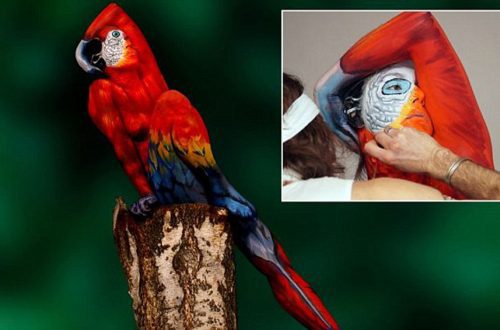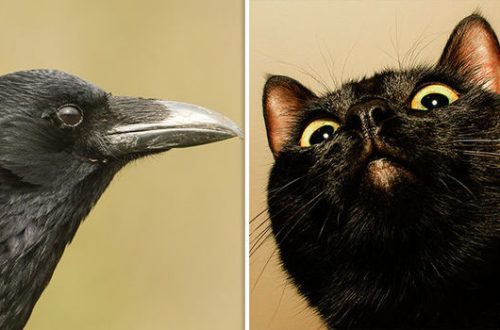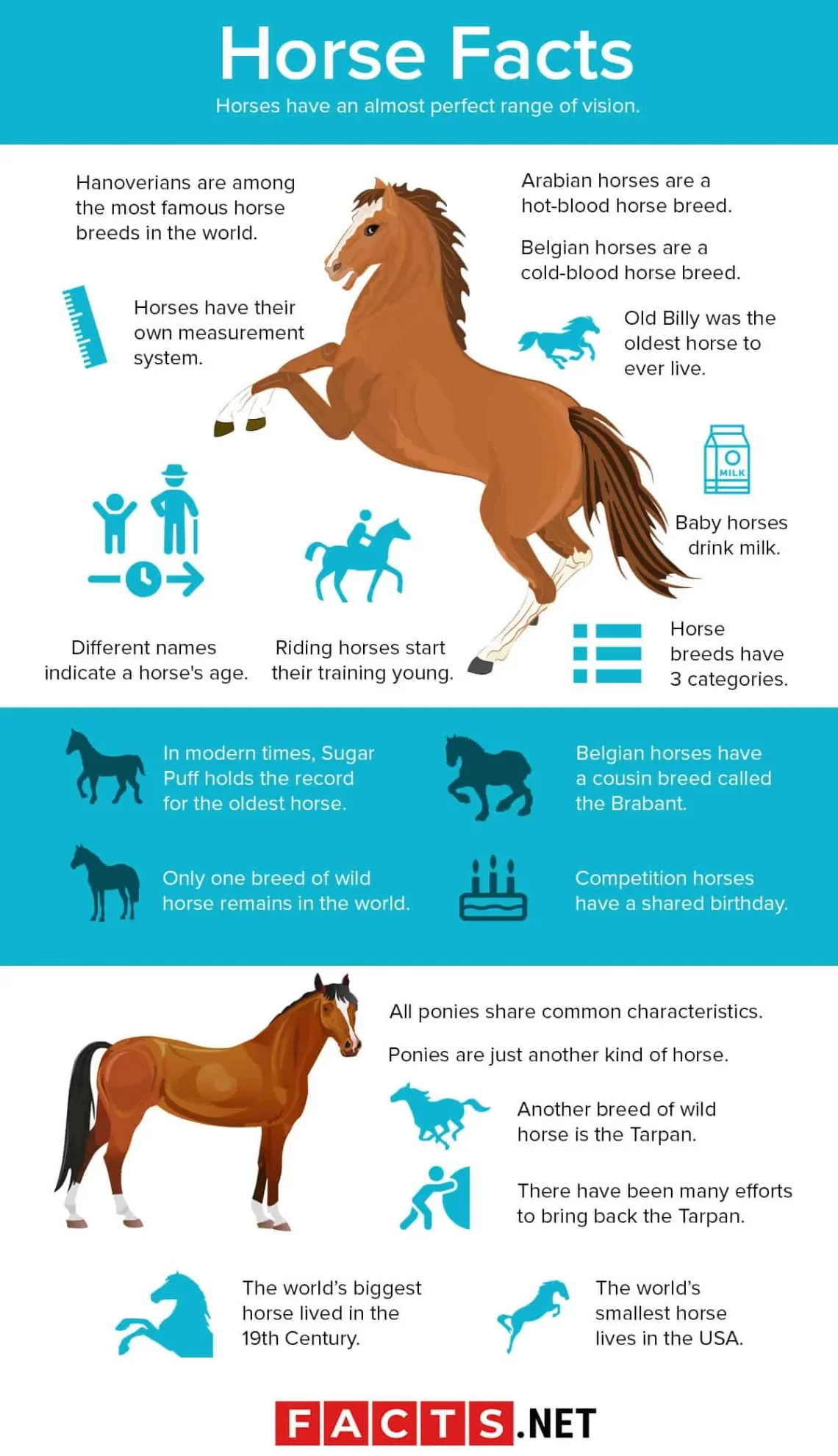
Top 10 interesting facts about horses
Hyracotherium was the ancestor of modern horses. But gradually it evolved. In North America, where the ancestors of horses lived, the climate has changed, the number of forests has decreased, savannahs have appeared. Animals had to adapt to new conditions. In order to move faster, they became larger, switched to herbal food, which was easier to find.
In total there are 9-12 types of horses. Once upon a time, it was they who performed all the heavy mechanical work, they were used as a beast of burden, for riding, as traction for horse-drawn transport. Before the invention of the engine, they were constantly next to people.
But, nevertheless, 10 interesting facts about horses that you will learn from our article may surprise you, because. we don’t know much about animals, even if we encounter them quite often. We present you only the most unusual stories.
Contents
- 10 Males have 40 teeth, while females have only 36.
- 9. A horse’s brain is half the size of a human’s.
- 8. Can look in two different directions at the same time
- 7. Horse harness invented by the Chinese
- 6. Horses love sweets
- 5. Old Billy is a long-lived record holder
- 4. Sampson is the tallest horse in the world
- 3. Przewalski’s horse is the only wild horse species today
- 2. Mare of Prometheus – the first cloned horse
- 1. The ancestor of horses is the prehistoric horse Eohippus
10 Males have 40 teeth, while females have only 36.
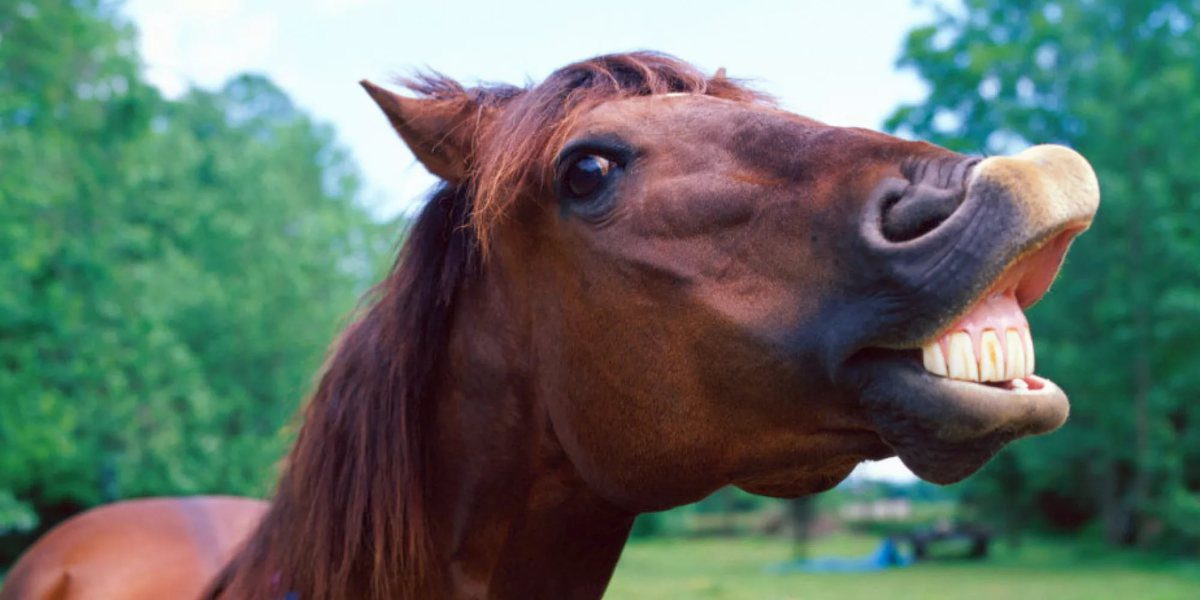 The number of teeth a horse has is constantly changing throughout its life. First, they have incisors, but only the central ones, they are called hooks. When the foal turns one month old, the middle ones erupt, and the edge – at 6-7 months. At the age of 9 months, all milk teeth grow in him.
The number of teeth a horse has is constantly changing throughout its life. First, they have incisors, but only the central ones, they are called hooks. When the foal turns one month old, the middle ones erupt, and the edge – at 6-7 months. At the age of 9 months, all milk teeth grow in him.
Permanent teeth appear gradually and erupt over several years. An adult horse has only 40 teeth. But mares don’t have fangs. These teeth practically do not participate in digestion, they are considered a rudimentary sign. Most mares (95-98%) do not have them, but in rare cases (2-5%) they do. Approximately the same number of males do not have fangs; there are 36 teeth, like mares.
9. A horse’s brain is half the size of a human’s.
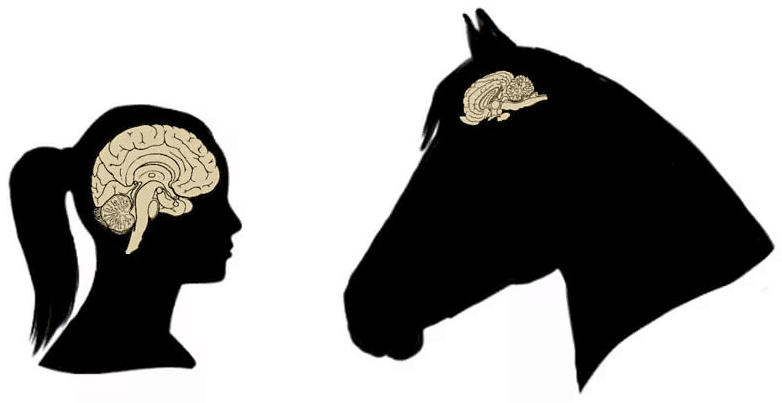 The brain of an adult horse weighs 270-579 g, which is almost 2 times less than that of a human.. It is worth considering the fact that this animal is much larger and heavier, weighing about 500-700 kg, i.e. brain size relative to body weight is small.
The brain of an adult horse weighs 270-579 g, which is almost 2 times less than that of a human.. It is worth considering the fact that this animal is much larger and heavier, weighing about 500-700 kg, i.e. brain size relative to body weight is small.
But, nevertheless, the horse is considered an intelligent animal, it lends itself perfectly to training. You can see this if you go to the circus. Scientists say that her mind can be compared with the intelligence of a 3-year-old child. They remember people who treated them well, they understand many words.
Scientists from Norway were able to establish that they have the beginnings of abstract thinking. They can communicate their desires to people using different symbols. This was established by observing the behavior of 24 horses, which were kept as pets.
8. Can look in two different directions at the same time
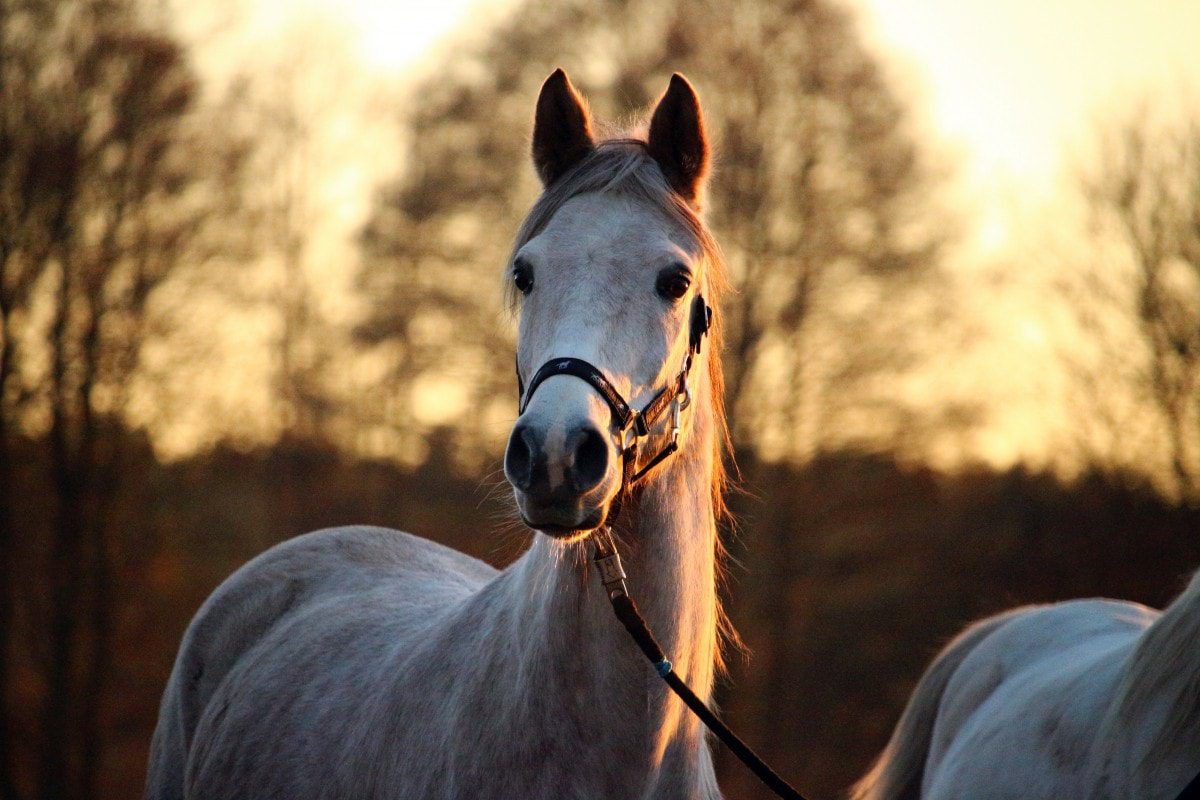 They have the largest eyes when it comes to land mammals. They are located on the sides of the head, so its visual field is 350 °. It is necessary for an animal to detect a predator as quickly as possible and run away from it.
They have the largest eyes when it comes to land mammals. They are located on the sides of the head, so its visual field is 350 °. It is necessary for an animal to detect a predator as quickly as possible and run away from it.
She has well-developed monocular vision (sees with one eye), and the field of binocular (two eyes) vision is only 65 °. To see the nearest objects on the ground, she needs to lower her nose and look down, bend her neck. Horses can distinguish blue and green colors and their shades, but are not able to see red.
7. Horse harness invented by the Chinese
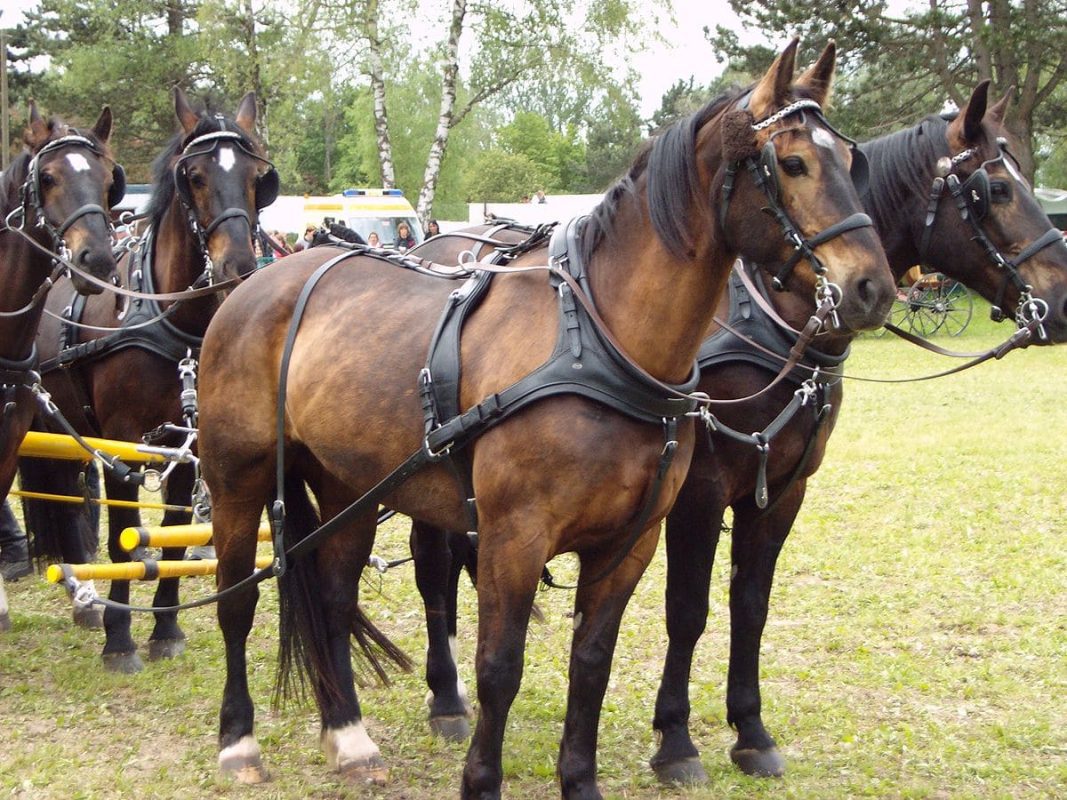 Until the XNUMXth century AD. the horse was put on a pillow, a special belt located on the horse’s neck. He was uncomfortable, because. strangled the animal at the slightest exertion. With such a harness, it was impossible to harness it to a wagon, people could not transport goods along the roads.
Until the XNUMXth century AD. the horse was put on a pillow, a special belt located on the horse’s neck. He was uncomfortable, because. strangled the animal at the slightest exertion. With such a harness, it was impossible to harness it to a wagon, people could not transport goods along the roads.
In IV BC the Chinese came up with a comfortable harness, it was worn not on the neck, but across the chest of the horse, with the help of belts it was connected to the shafts. The load then fell on the clavicles and chest, the neck of the animal was no longer pulled together by suffocating belts. With a soft collar around the horse’s chest, it could carry up to 1,5 tons of cargo.
Why did it come to the mind of the Chinese? They had to carry loads on sticky sand, and harnesses with collars were ineffective. They used such a harness for 1 thousand years before it appeared in Europe.
6. Horses love sweets
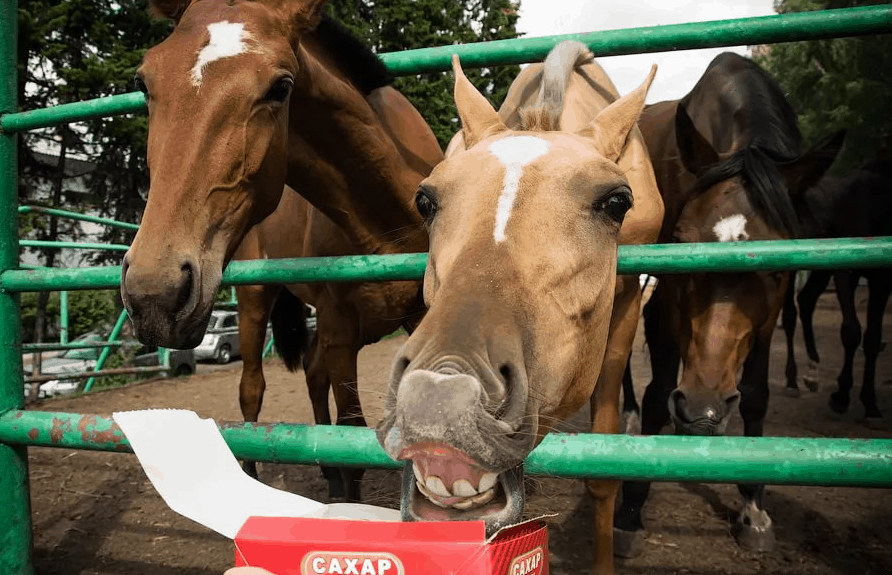 Like people, horses are not indifferent to sweets, such as sugar. If you want to calm the animal, you need to give him a few pieces of sugar. But sugar has no health benefits, so it’s given to her in small amounts as a reward during her training.
Like people, horses are not indifferent to sweets, such as sugar. If you want to calm the animal, you need to give him a few pieces of sugar. But sugar has no health benefits, so it’s given to her in small amounts as a reward during her training.
If you want to treat the horse, it is better to give him sweet carrots, apples, or home-cooked crackers (store-bought ones are not good).
5. Old Billy is a long-lived record holder
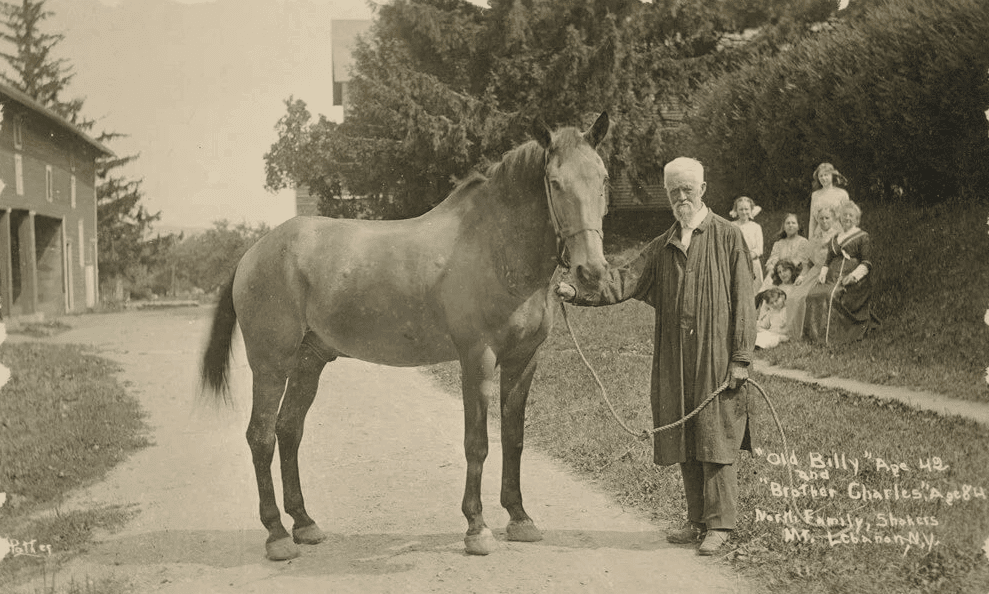 The life expectancy of a horse is short – from 25 to 35 years. But there were also champions among them. Among them – a horse named Old Bill, who was able to live 62 years.
The life expectancy of a horse is short – from 25 to 35 years. But there were also champions among them. Among them – a horse named Old Bill, who was able to live 62 years.
He was born in Great Britain, in 1760, in the village of Woolston. The horse had a difficult life. In 1762 it was bought by a shipping company. Until 1819, Old Bill did the hardest work: towing barges. Then he was transported to the farming estates of Luchford. He died in November 1822.
4. Sampson is the tallest horse in the world
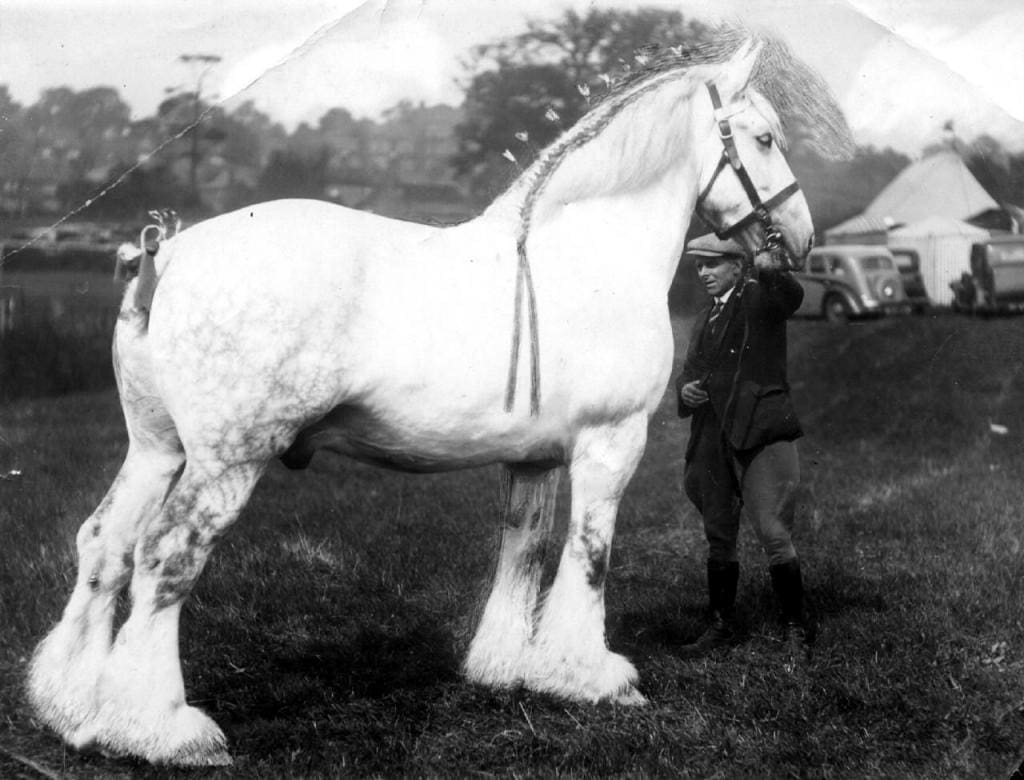 In the UK, a breed of heavy horses was bred – Shire, which was distinguished by high growth. It is among them that champions are most often born: the tallest and largest. Sampson is a representative of this breed, his height was 2 m 20 cm at the withers, and he weighed 1,52 tons. And, although he was born in 1846, this record has not yet been surpassed.
In the UK, a breed of heavy horses was bred – Shire, which was distinguished by high growth. It is among them that champions are most often born: the tallest and largest. Sampson is a representative of this breed, his height was 2 m 20 cm at the withers, and he weighed 1,52 tons. And, although he was born in 1846, this record has not yet been surpassed.
The stallion was born in Bedfordshire (England), reached such an incredible size at the age of 4. It belonged to Thomas Cleavers.
He was almost caught up, but could not be surpassed by Big Jake from Wisconsin, whose height at the withers is 2,17 m. Everyone who sees a huge horse is amazed at his growth. He is very friendly, loves to play and goof around, often takes part in charity events.
3. Przewalski’s horse is the only wild horse species today
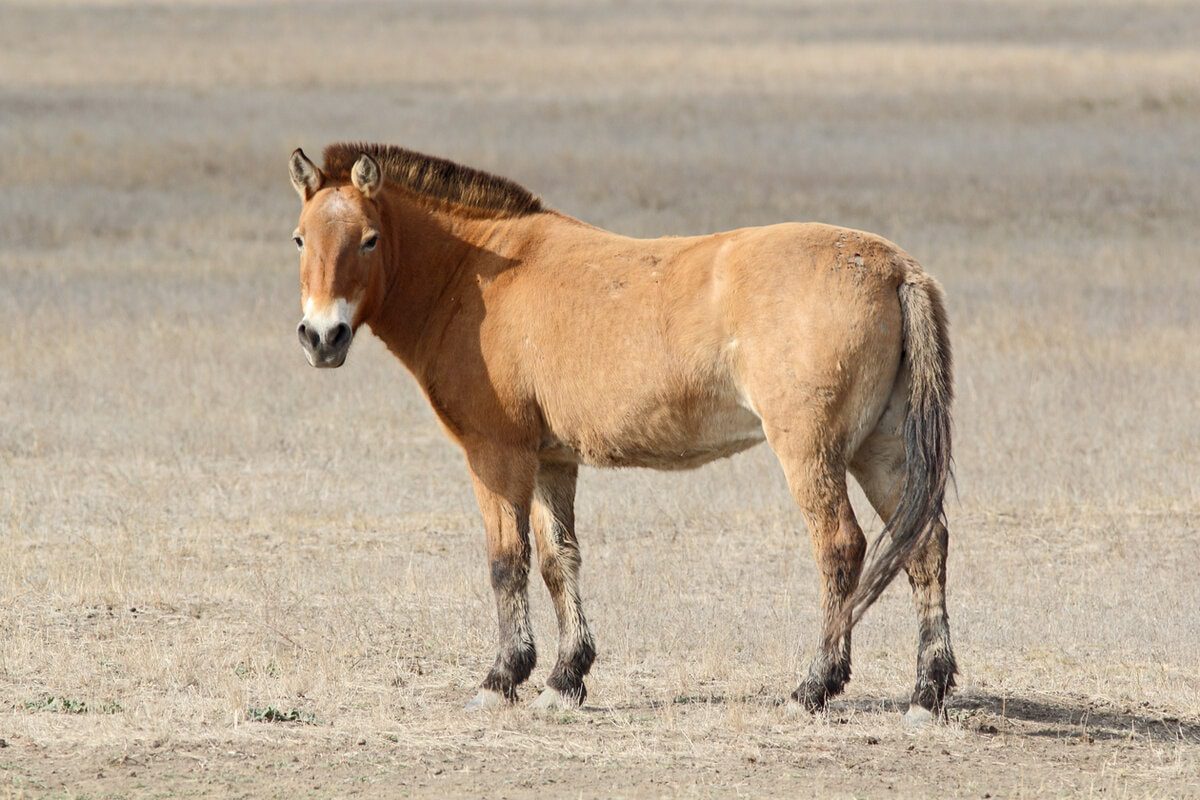 It was discovered by N. M. Przhevalsky in 1878, when he was returning from his expedition to Asia. He received an interesting gift from the merchant A.K. Tikhonov – the skull and skin of a horse, which were brought to him by Kazakh hunters. The scientist sent all this to the St. Petersburg Zoological Museum, where they discovered that it was an unknown animal.
It was discovered by N. M. Przhevalsky in 1878, when he was returning from his expedition to Asia. He received an interesting gift from the merchant A.K. Tikhonov – the skull and skin of a horse, which were brought to him by Kazakh hunters. The scientist sent all this to the St. Petersburg Zoological Museum, where they discovered that it was an unknown animal.
This is the only representative of wild horses. Tarpans were the ancestors of domestic animals, but they have long since died out. Now, however, they are not found in the wild, but they are bred in zoos and reserves in order to preserve this rare species.
2. Mare of Prometheus – the first cloned horse
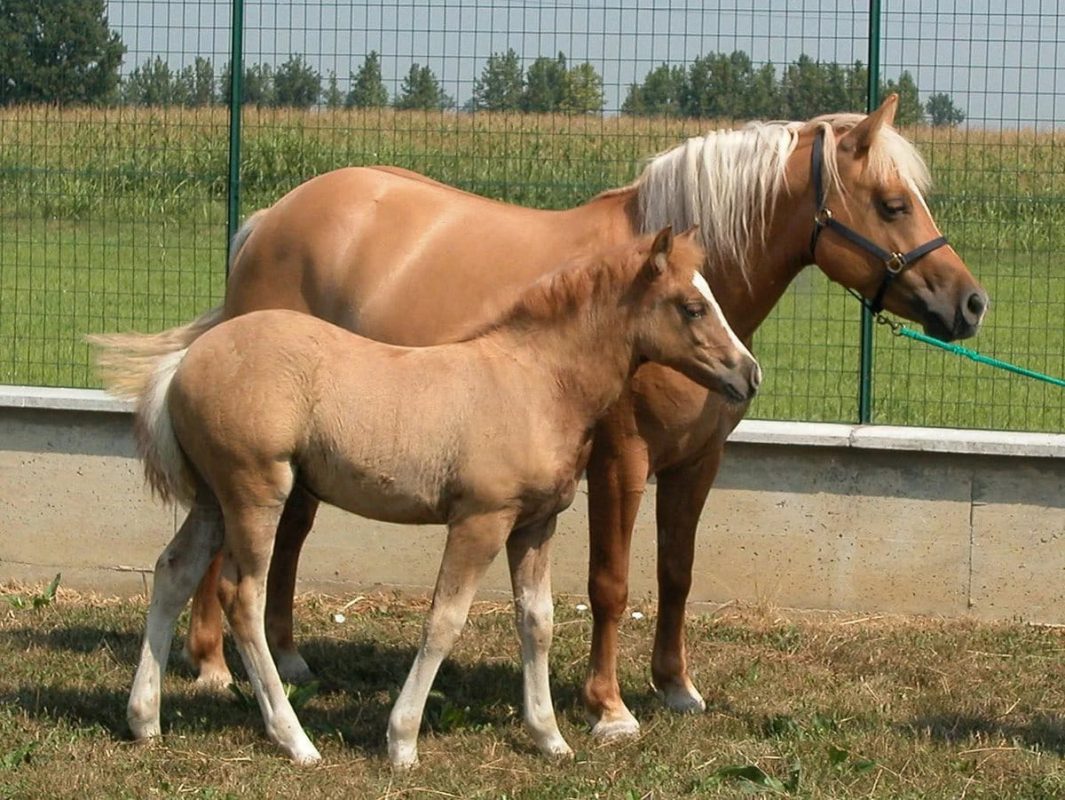 Creating the first horse clone was not easy. 327 unsuccessful attempts were made before scientists, led by the Italian Cesare Galli, managed to create Prometheus. This is a Haflinger mare. She was born in 2003, on May 28, to her genetic mother. Later, other horses were cloned, including famous champions, but it’s impossible to put all this on stream, because. the procedure is complicated and expensive.
Creating the first horse clone was not easy. 327 unsuccessful attempts were made before scientists, led by the Italian Cesare Galli, managed to create Prometheus. This is a Haflinger mare. She was born in 2003, on May 28, to her genetic mother. Later, other horses were cloned, including famous champions, but it’s impossible to put all this on stream, because. the procedure is complicated and expensive.
1. The ancestor of horses is the prehistoric horse Eohippus
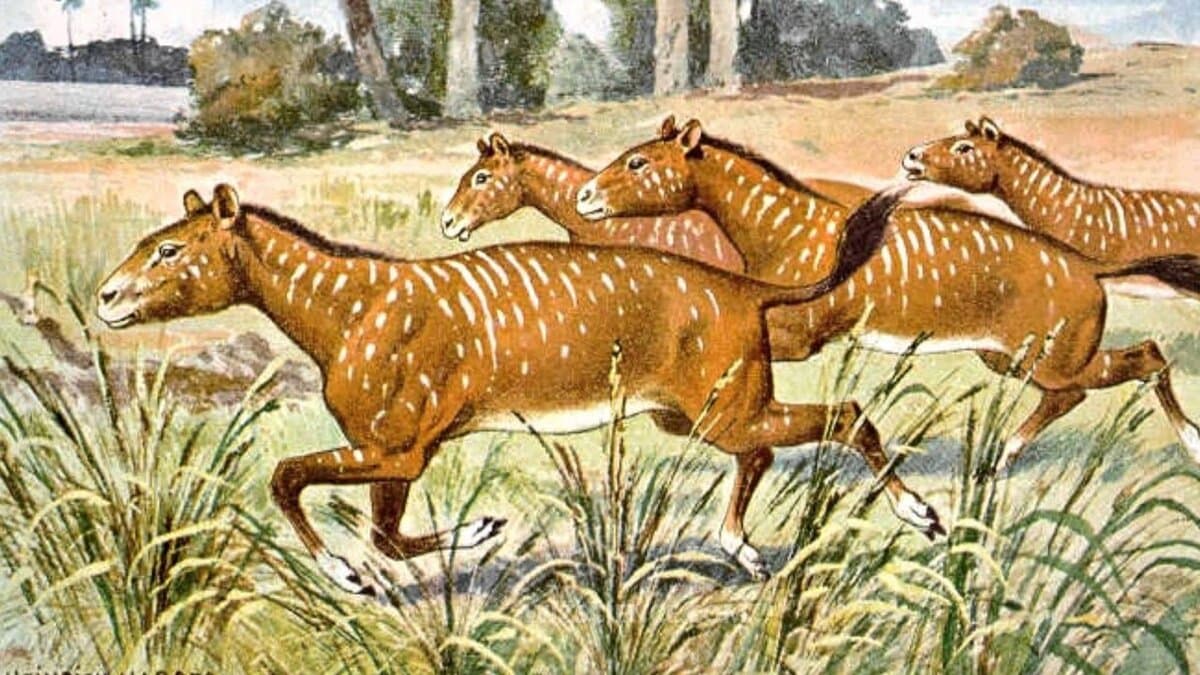 The ancestors of modern horses were called “hyracotheres”. This is an extinct genus, the earliest of the horse-like representatives.. A small animal, the height at the shoulders of which did not exceed 20 cm. It ate leaves and fruits.
The ancestors of modern horses were called “hyracotheres”. This is an extinct genus, the earliest of the horse-like representatives.. A small animal, the height at the shoulders of which did not exceed 20 cm. It ate leaves and fruits.
In appearance, he was absolutely unlike his descendants: with a curved back, a short muzzle and paws, and an elongated tail. He had no hooves, but only four-toed limbs, more precisely, 4 fingers on the front legs, and 3 fingers on the hind legs. It was more like a fox in size. They lived in swampy forests, in groups, in North America and Europe.



